Holy Communion for Communion
 There are other understandings of the Holy Communion or the Lord’s Supper or the Eucharist than what has been suggested by Joseph Prince. I will look at four other views.
There are other understandings of the Holy Communion or the Lord’s Supper or the Eucharist than what has been suggested by Joseph Prince. I will look at four other views.First, the view of the Roman Catholic Church, which is called transubstantiation. In this view, the bread becomes the real body of Jesus and the wine becomes the real blood of Christ when the bread and wine was eaten and drank during the Eucharist (Lord’s Supper). The main argument against this view is that it implies that Jesus’ physical body be present during the Eucharist which cannot be. Jesus is now in heaven (John 16:7, Acts 3: 20-21, Philippians 3:20-21, 1 Corinthians 11:26).
Second, the Lutheran view, called consubstantiation. This view says that when Jesus' was glorified, His physical body became omnipresent. Thus means that Jesus is physically present in the bread and wine in the Holy Communion. However, unlike transubstantiation, the bread and wine do not become the real flesh and blood. Luther believed that Christ's body and blood were present in the sacrament "in, with, and under" the elements of bread and wine. Furthermore, he viewed the sacrament as a means of grace by which the participant's faith is strengthened. This still signifies a 'physical' presence of Christ in the Supper, but not in a 'bloody' way. The problem with this view is that Jesus' glorified body is not omnipresent. It is still a localized resurrected human body now with God (Colossians 3:1, Hebrews 10:12-13, Acts 7:56)
Third, the Zwinglian view (Memorialism) states that the bread and wine are just symbols. The bread and wine are just symbols to remind us of the sacrifice of Jesus are his broken body and blood. The problem with it is that the New Testament teaches that we can have a real communion or fellowship with the real body and blood of Jesus through the communion service (1 Corinthians 10:16). The Zwinglian view does not take into proper account the powerful work of the Holy Spirit through the communion service. There is more at work here than our imagination.
Finally, in John Calvin's view, the bread and wine represent the body and blood of Jesus. They do not in any way become the literal body and blood themselves. But when we partake of the Lord's Supper, the Holy Spirit uses the symbolic message that Jesus is our spiritual nourishment, to strengthen our faith in Jesus. And faith is the human experience of our mystical union with Christ (see question 170 of the Westminster Larger Catechism). How do we have this mystical union with Jesus in His humanity if Jesus is now at the right hand of God and is not returning to earth bodily until the Second Coming?
The Holy Spirit accomplishes this in a way beyond our understanding, not through Jesus' coming down to earth at this time, but through our mystically ascending to heaven. The Christian's identification with the risen Christ is so real and significant that there is a genuine sense in which the Christian is now where Christ is. The Christian is seated with Christ in the heavenlies (Ephesians 2:4-6). The Christian has come to the heavenly Jerusalem and to Jesus and His blood (Hebrews 12:22-24). We are where Jesus is through the mystical union effected by the Holy Spirit.
Our subjective experience of the mystical union grows as our faith grows. The Holy Spirit uses the communion service to increase our faith, to strengthen our faith, to confirm our faith. Thus through the communion service, we can have communion with the total person of Christ, including His body which was broken and His blood which was shed for our salvation.
The Reformed and Presbyterian churches based much of their understanding of the Holy Communion on John Calvin’s view. The Holy Communion is a communion with the risen Christ and is a spiritual experience. Holy Communion in the Reformed and Presbyterian traditions does not teach that the sacrament of the Holy Communion is for healing, physical wholeness or anti-ageing.
John Piper on The Lord’s Supper
Martin Luther on The Lord’s Supper
John Knox on The Lord’s Supper
John Calvin on The Lord’s Supper
More on Reformed Confessions on The Lord’s Supper
Soli Deo Gloria
The Reformed and Presbyterian churches based much of their understanding of the Holy Communion on John Calvin’s view. The Holy Communion is a communion with the risen Christ and is a spiritual experience. Holy Communion in the Reformed and Presbyterian traditions does not teach that the sacrament of the Holy Communion is for healing, physical wholeness or anti-ageing.
John Piper on The Lord’s Supper
Martin Luther on The Lord’s Supper
John Knox on The Lord’s Supper
John Calvin on The Lord’s Supper
More on Reformed Confessions on The Lord’s Supper
Soli Deo Gloria
picture credit
Labels: Christianity, Jesus Christ, Theology




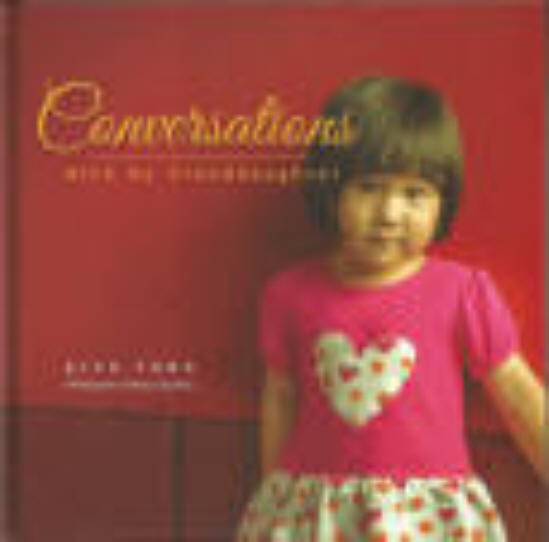
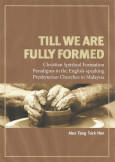
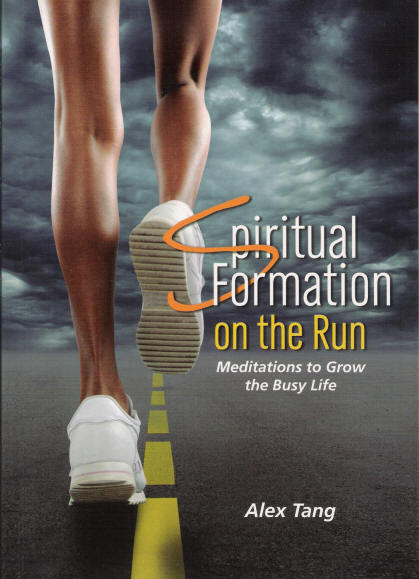
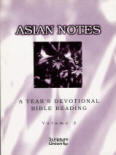
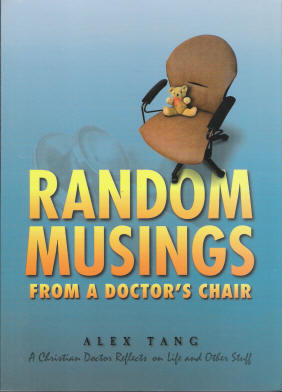

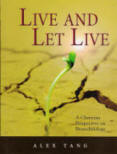

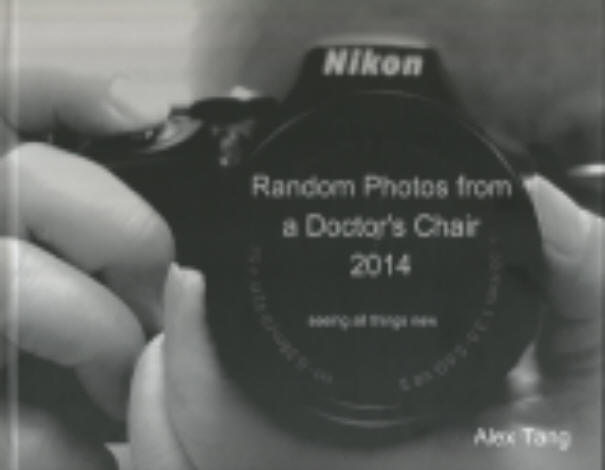
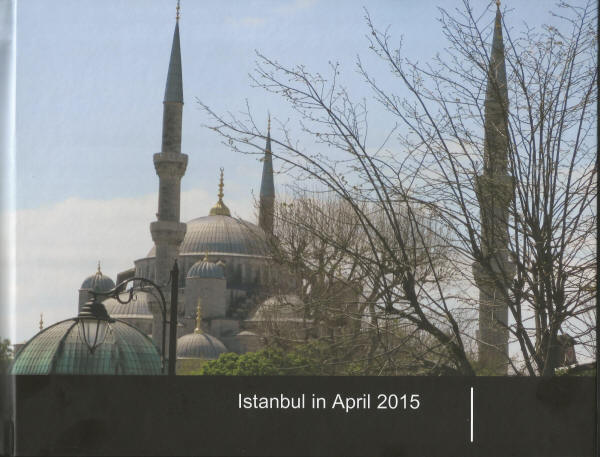
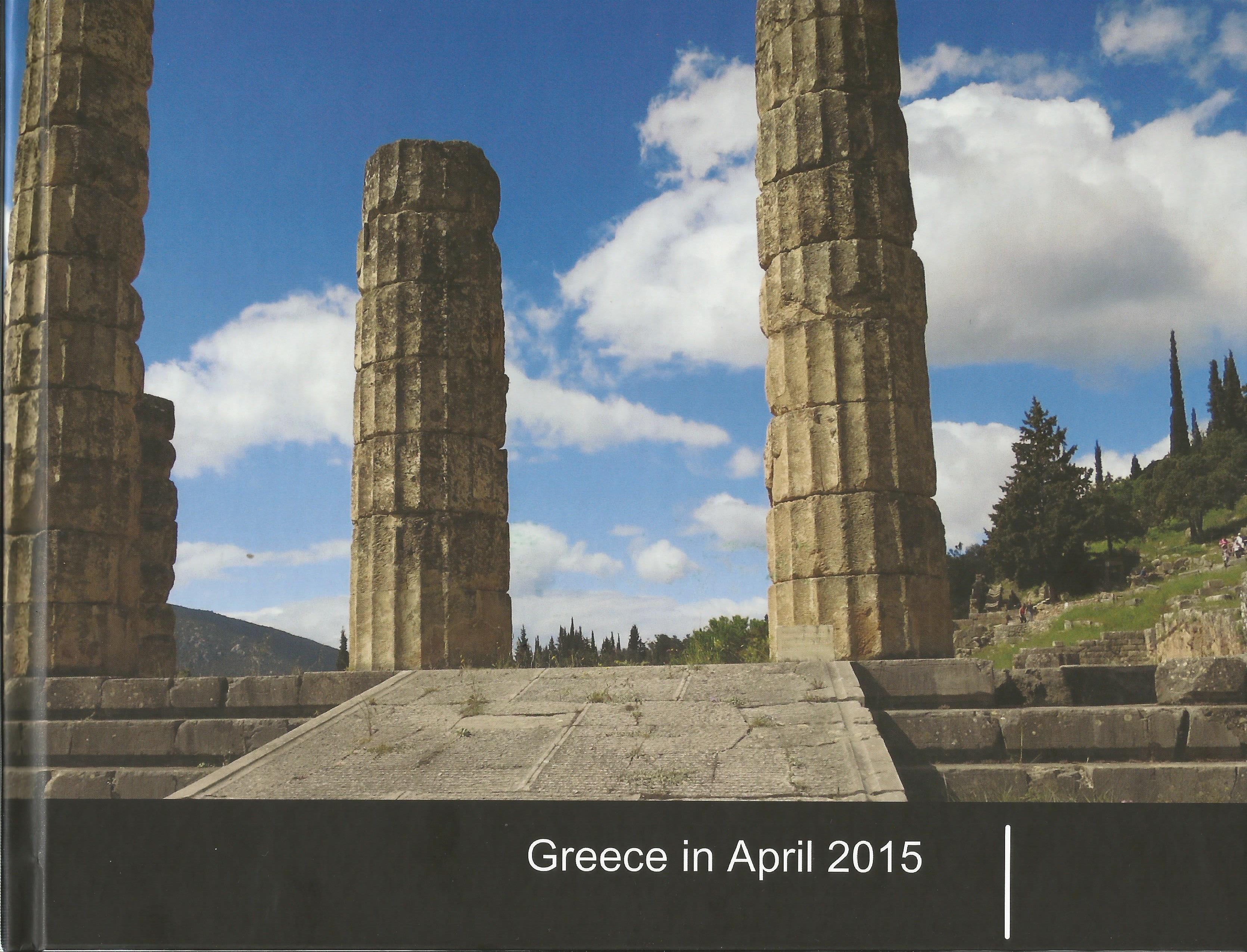
0 Comments:
Post a Comment
<< Home